Combatting child labour for a better future
Due to widespread poverty among smallholder cocoa farmers, families often involve their children in farm work due to financial constraints and cultural norms.
Due to widespread poverty among smallholder cocoa farmers, families often involve their children in farm work due to financial constraints and cultural norms.
Cocoa is grown by millions of smallholder farmers with a high prevalence of poverty. Many cocoa-growing families have no choice but to put their children to work because they cannot afford other sources of labour and it is often an accepted cultural practice to help keep the farm running.
In broad coalition with governments, companies, and development organisations, a layered approach has been adopted. The primary goal is to combat child labour through a diverse set of solutions. These include efforts to confirm that children possess a birth certificate and have access to quality education. Child labour monitoring and remediation systems have been leveraged as essential tools, focusing on mitigation and providing remediation support to children involved in, or at risk of, child labour. Efforts also extend to assisting their families and communities in addressing the underlying challenges and poverty, one of the primary root causes of child labour. To address the issue of child labour we are working with our partners help increase farmers' incomes in rural areas.
Child labour monitoring and remediation systems are set-up in order to identify and address child labour. They can be embedded in a company’s supply chain or at community level. It involves systematic monitoring, identification of child labour risks and remedial actions such as education and alternative livelihood support.
Bernice is a sewing apprentice in Mehame, Ghana. With the help of the child protection committee in her community she was able to find a better future for herself.
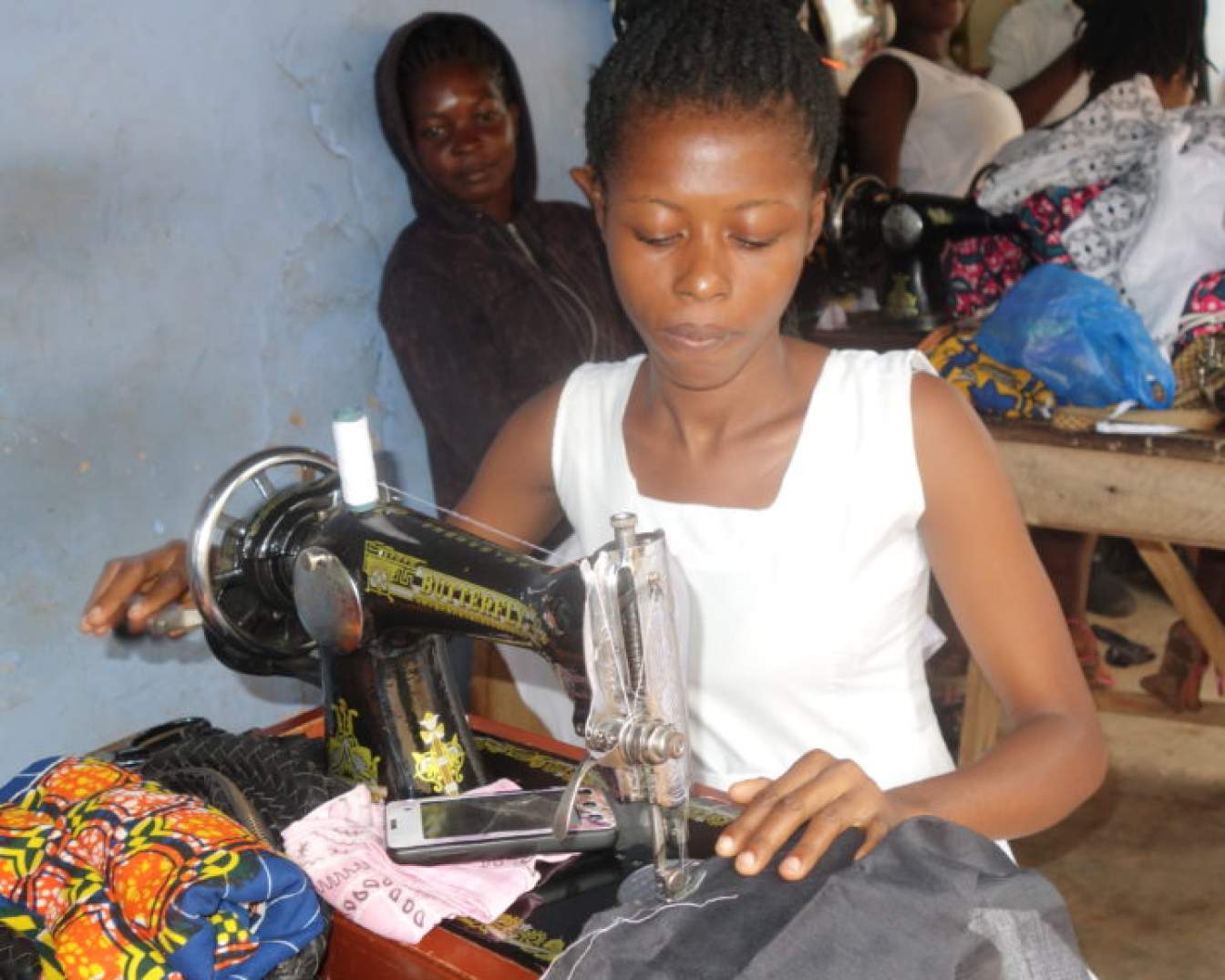
We, together with our members, are dedicated to combatting the worst forms of child labour, working to shield children from hazardous work and promoting access to education for those in cocoa-growing communities. Fundamentally, child labour is closely tied to poverty. Elevating farmers' incomes, providing quality education and creating well-paid job opportunities are vital to long-term solutions. Addressing this complex issue requires a multifaceted approach, including:
WCF’s 2030 ambition is to play a leading role in significantly reducing child labour across the cocoa supply chain. We work closely with members, governments and implementing partners on projects and partnerships that improve the economic well-being of farmers and thereby address the root causes of child labour.
We are working in broad coalition with governments, companies and development organisations to combat child labour through a mix of solutions, including child labour monitoring and remediation systems, raising farmers’ household income and making sure children have full access to quality education.
We are currently developing a new programme that will be launched, centred around specific interventions, tailored to each of the major cocoa-growing countries in West Africa.
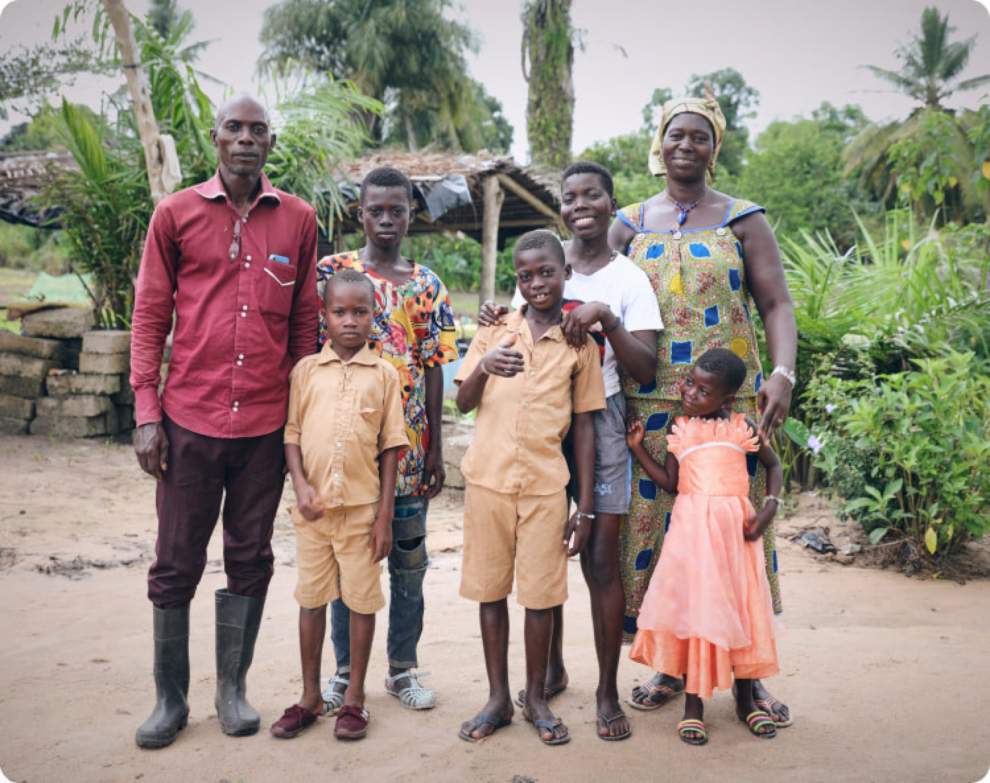
The UN Sustainable Development Goals are 17 global objectives for addressing social, economic, and environmental issues by 2030, with the private sector playing a crucial role in delivering these. Success in this area will address:
Alleviating poverty in cocoa-growing communities in rural West Africa by raising farmer incomes.
Protecting children in cocoa communities from hazardous work is vital for their overall well-being.
Introducing alternative livelihoods to farming preserves and encouraging their continued school attendance.
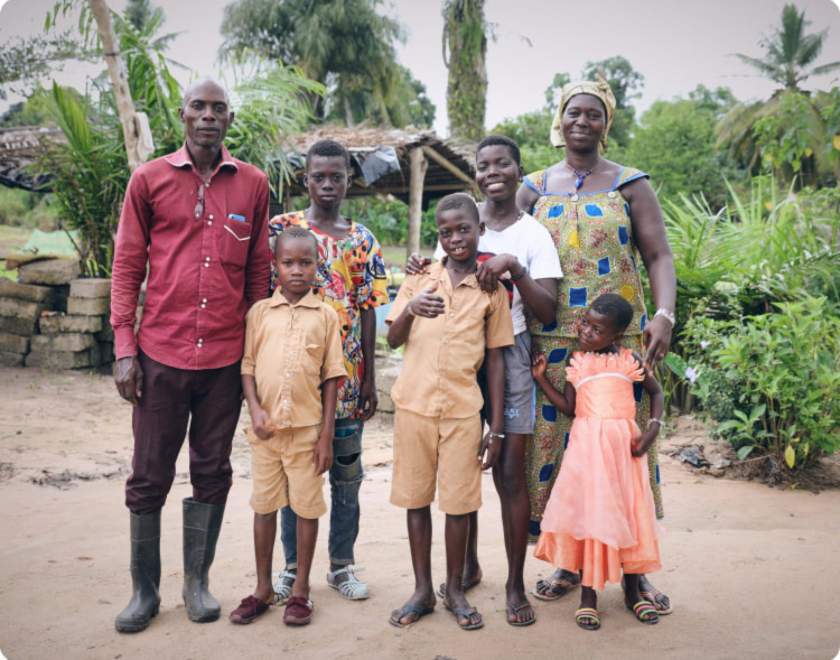
Combat Child Labour

Combat Child Labour

Combat Child Labour
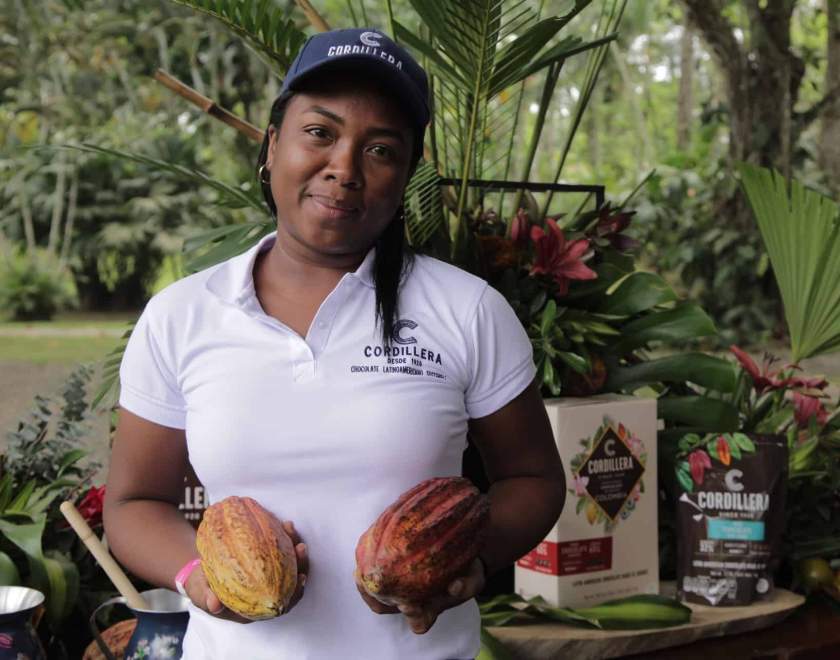
Combat Child Labour
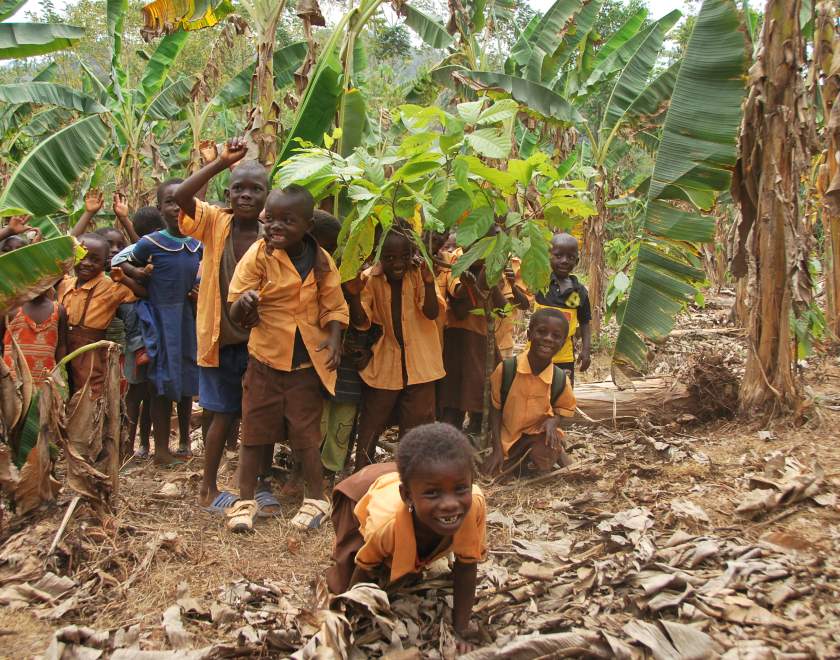
Combat Child Labour